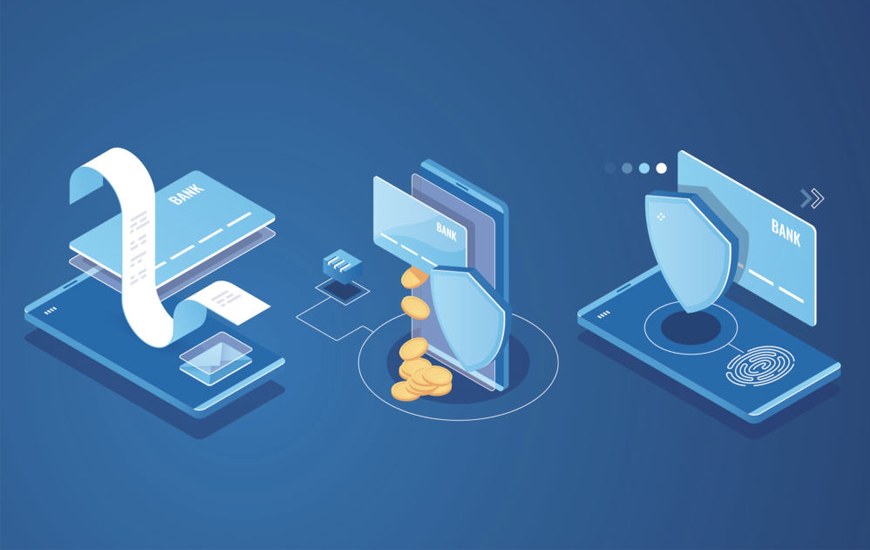While the events of 2020 seemingly reset the global payments landscape, cross-border commerce is here to stay. Cross-border payment is one in which the payee and recipient reside in different countries. Transactions can be arranged between individuals, businesses or institutions that are looking to transfer funds across borders.
In that regard, the following steps are involved in both international payments and domestic payments. However, cross-border payments involve several additional factors. Here’s how:
- Purchase: Global sourcing will help you locate an international supplier to buy from. You will be directed to the payee’s checkout page to make your payment if you are buying online. When you order over the phone, a sales representative will handle the checkout process. In either case, you’ll be presented with payment options.
- Routing and Processing: The payment information you enter will be forwarded via an encrypted payment gateway and used to obtain authorization to deduct the funds from your account. If you are utilizing a global network of payments that is linked to only one bank, your transaction may be flagged. Payments are more likely to be processed the first time if the platform is connected to multiple banks around the world.
- Payment Approval or Denial: Your payment will either be approved or declined. The funds in your account need to be verified, and if necessary, currency conversion is conducted. If you send USD to an account that accepts another currency, and the payee requests a different currency, you will be charged the exchange rate.
- Confirmation (Approval or Denial) and Fulfilment: Once the transaction has been approved or declined, you will be notified. A return code will be sent to you if your request was declined. Upon approval, your order goes into fulfilment.
- Settlement: Depending on how you have used the cross-border payment, there is a good chance that at this point, the funds appear in your account rather than in the payee’s account. Reconciling Global Automated Clearing House (ACH) payments can take from two to five days.
- Tracking: Each bank you work with will send you a reconciliation report. Keeping track of cross-border payments this way can be quite confusing and inefficient. Global payments platforms can provide you with a consolidated reconciliation report that shows all payouts originating from all banks as well as which transactions have been reconciled and which have not.
To Conclude
The global payments paradigm is rapidly evolving. There is no doubt that the major international card schemes have encountered ever-increasing fraud, as exposed by their response to card-not-present transactions worldwide. However, the existing international payments & domestic payments have stepped up their game. They have recognised that they are now in a fiercely competitive market and must act more commercially.



